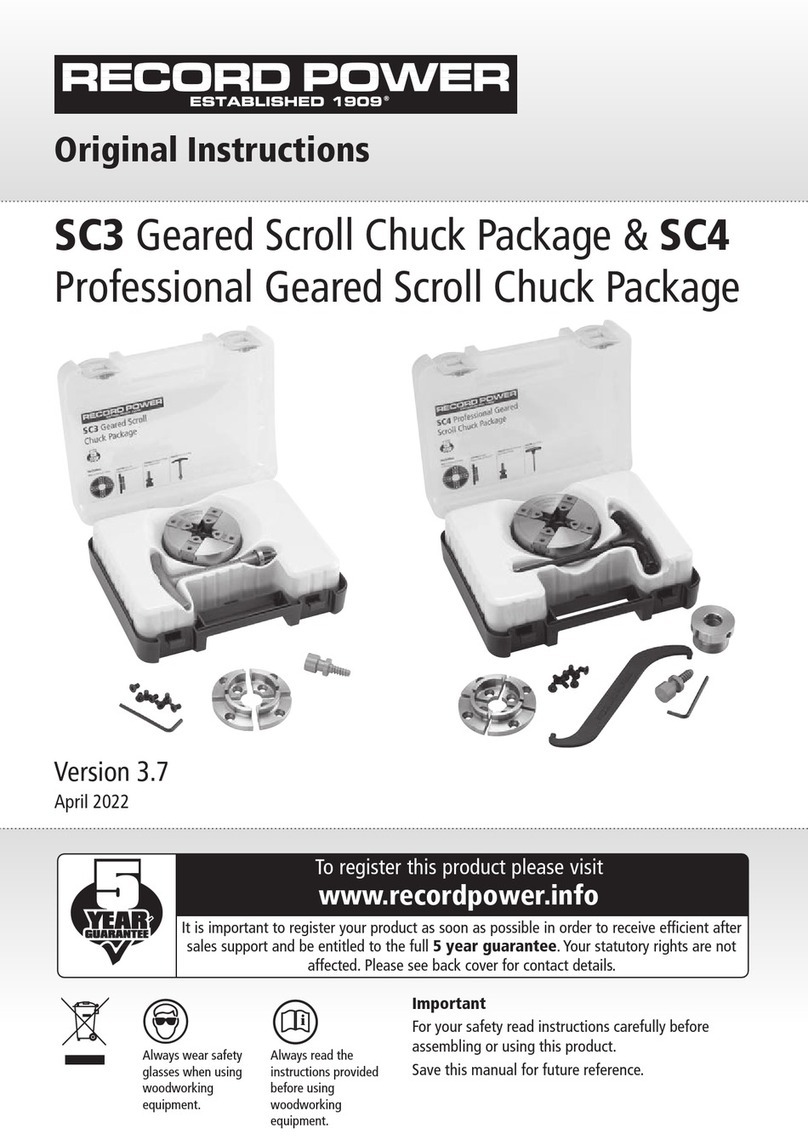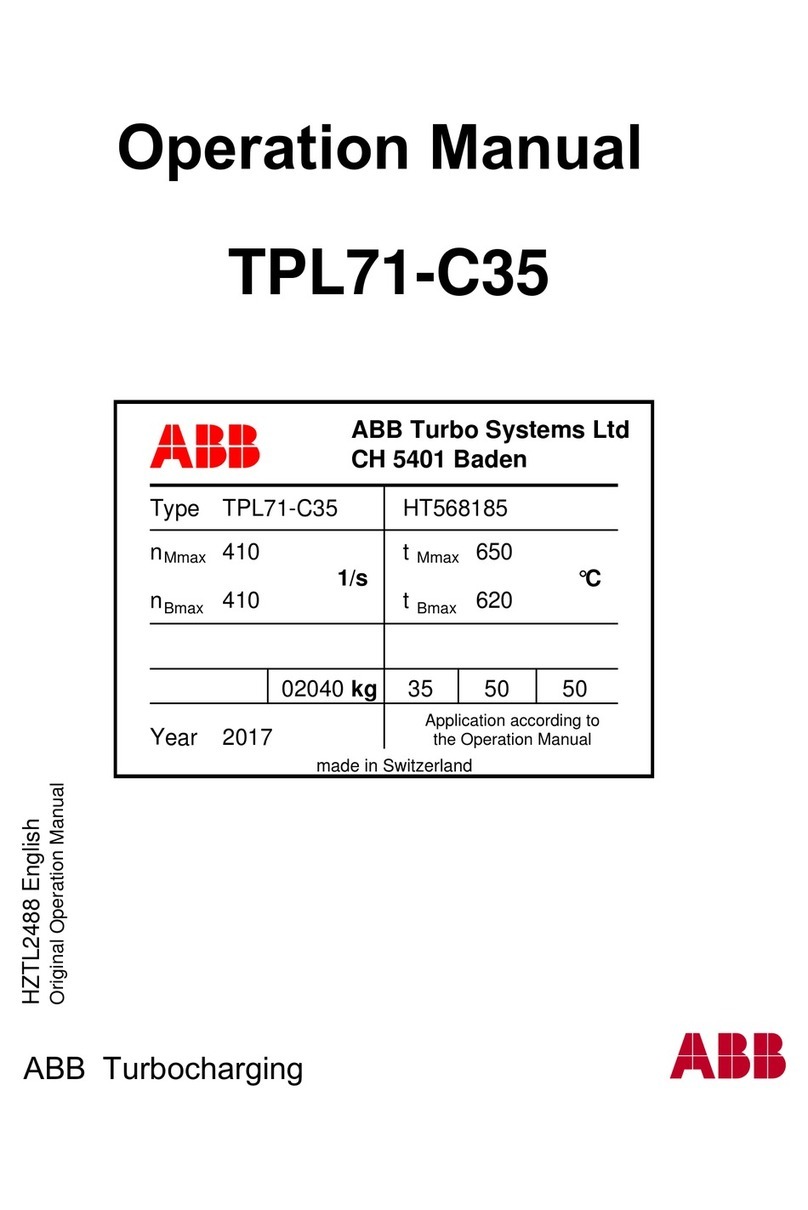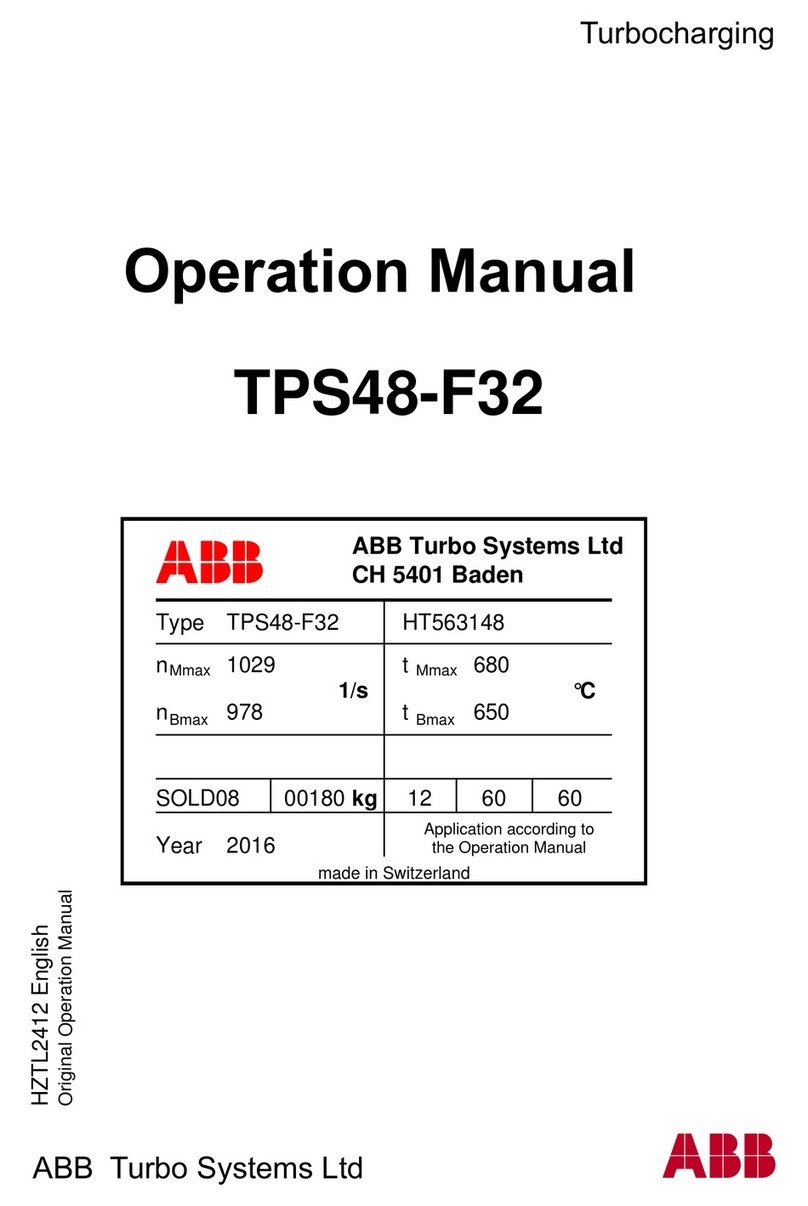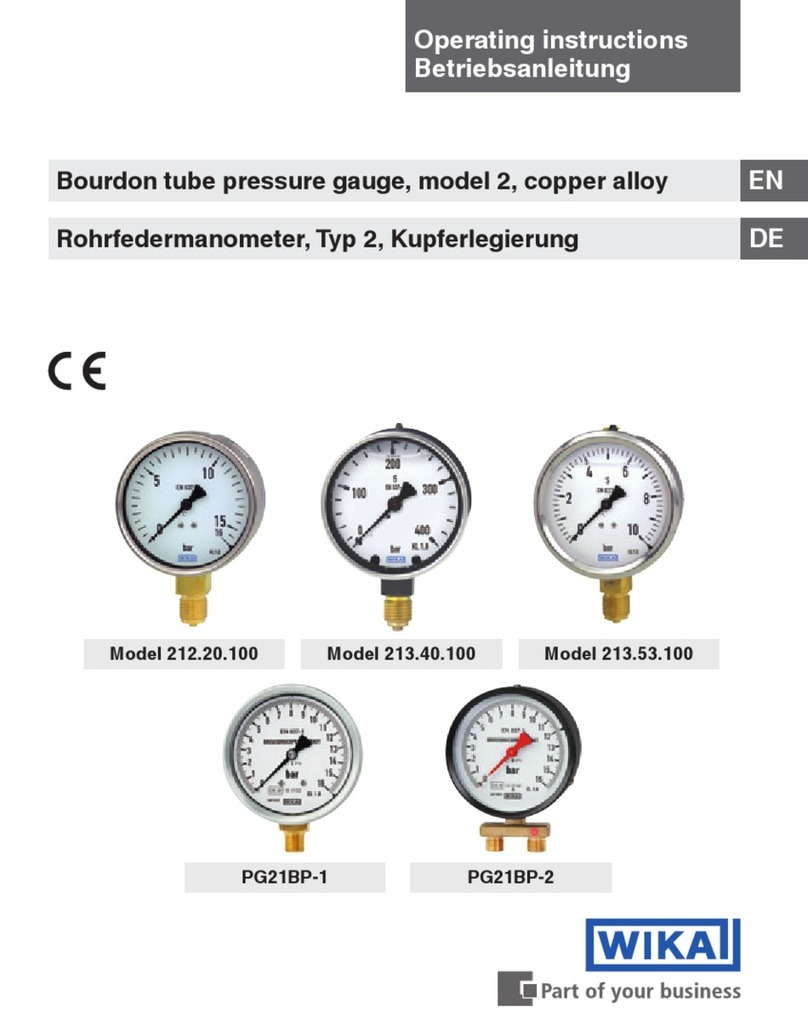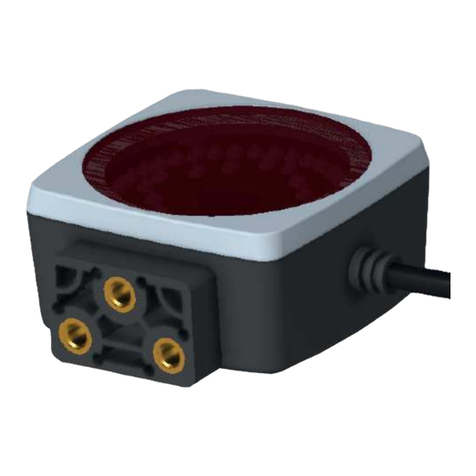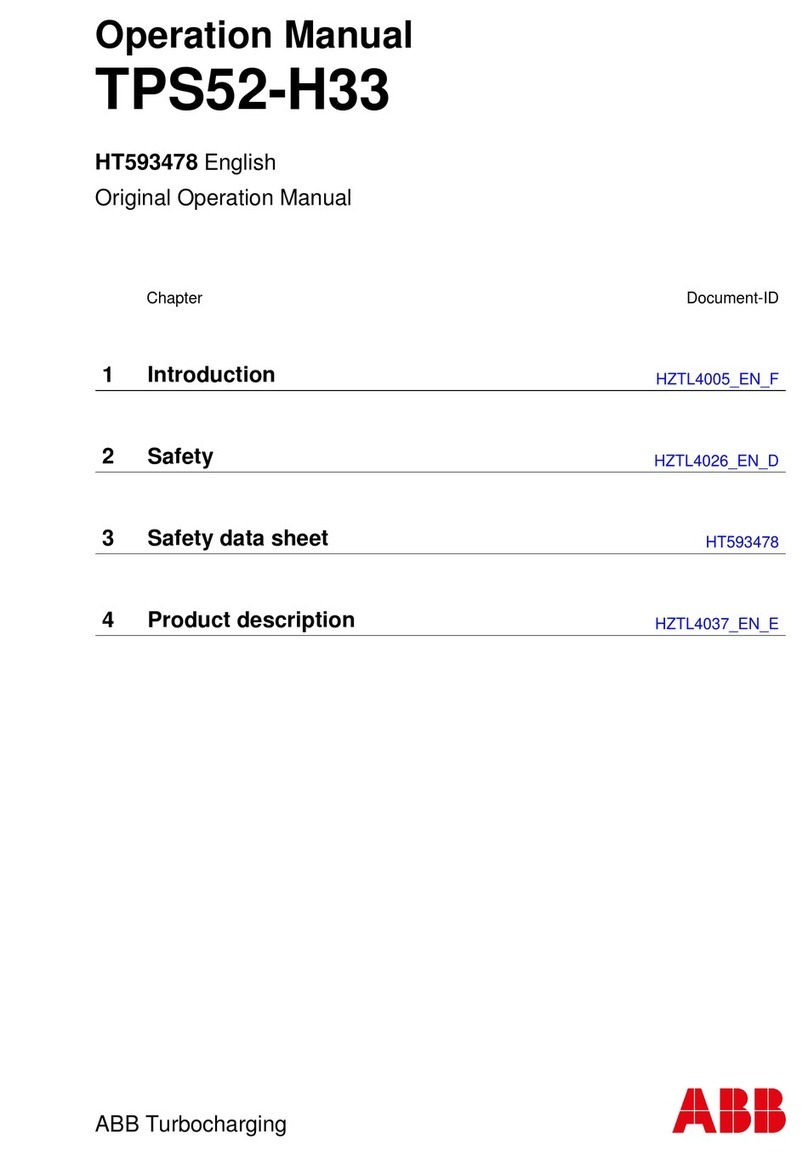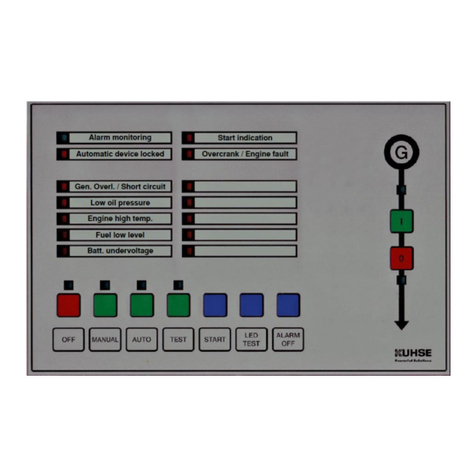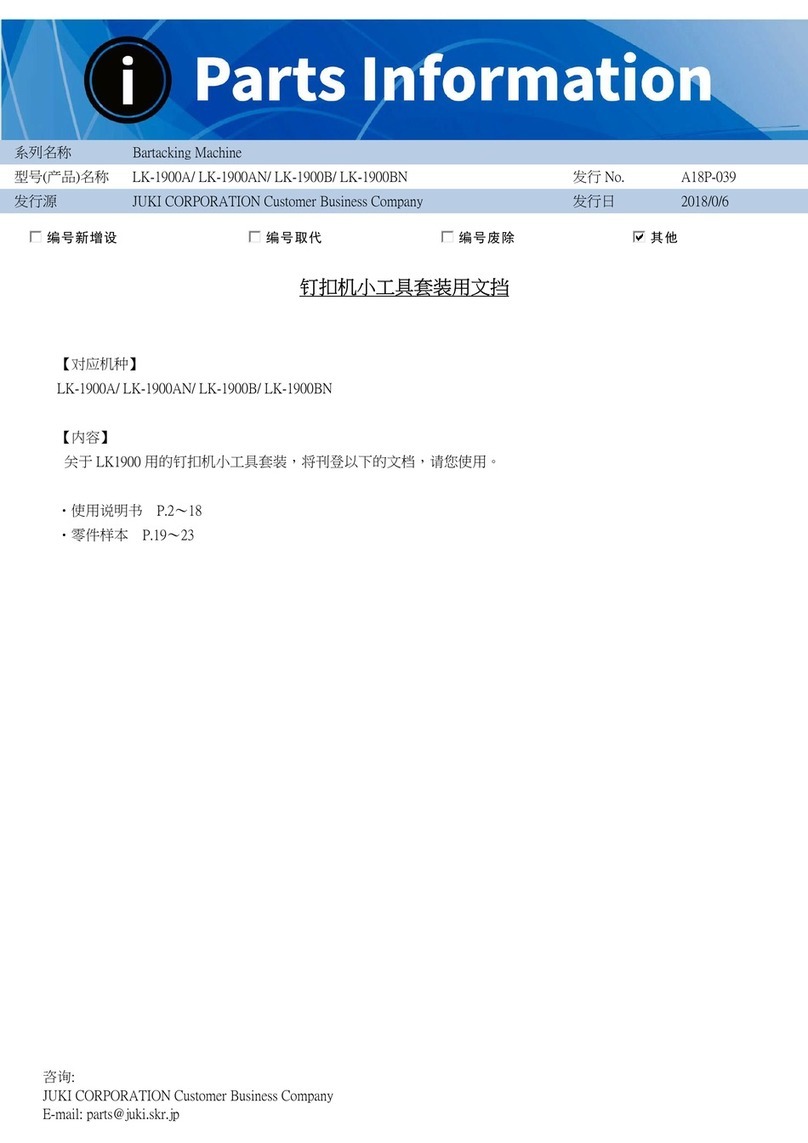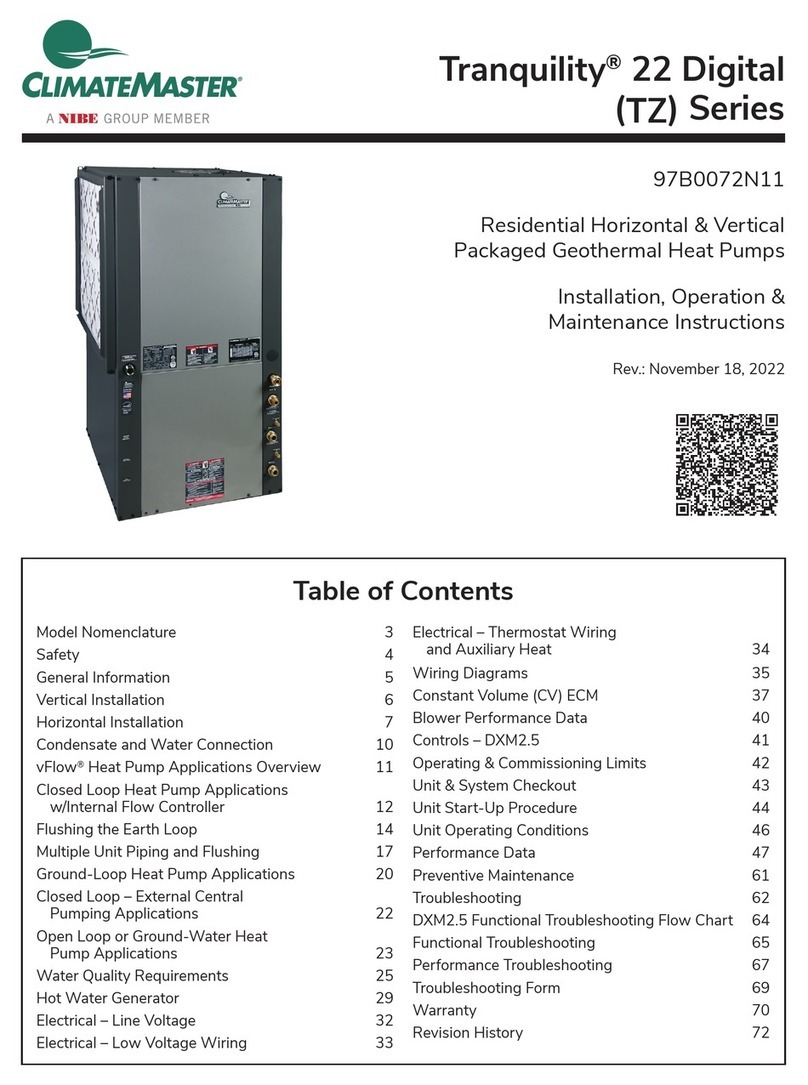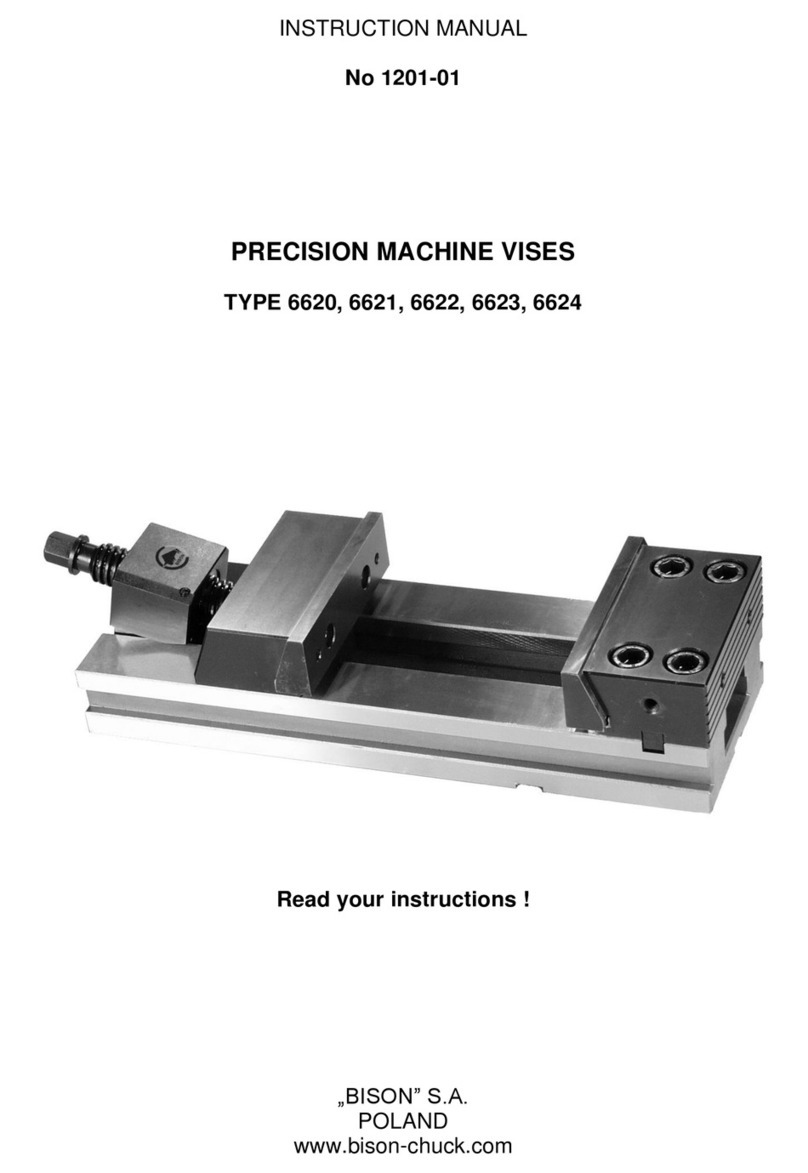Side TMS 5001 User manual

TMS 5001
INSTRUCTIONS MANUAL
OPERATION MANUAL

INDEX
1.
INTRODUCTION
2.
GENERAL FACTS
3.
TECHNICAL DATA
3.1.
BLOW MOULDING MACHINE SPECIFICATIONS
3.2.
GENERAL INSTALLATION GUIDELINES
3.3.
SAFETY
3.4.
SAFETY DEVICES
4.
CUSTOMER PREMISES INSTALLATION INSTRUCTIONS
4.1.
UNLOADING THE MACHINE
4.2.
PLACING THE FEET ON THE MACHINE
4.3.
PLACING THE LEAD IN CONVEYOR
4.4.
PLACING THE PREFORM ELEVATOR
4.5.
PLACING THE DISCHARGE HOPPER
5.
OPERATION STAGES
5.1.
STRETCHING-BLOWING
5.2.
IMPERVIOUS CYLINDER
5.3.
PRESS
5.4.
MOULD
5.5.
BOTTLE MOULD BOTTOM PIECE
5.6.
OVEN STRETCHING
5.7.
OVEN
5.8.

PREFORM CARRIER
5.9.
DELIVERY
5.10.
PRESS FEED CONVEYOR
5.11.
LOADING AND NAILING
5.12.
NOZZLE COOLING
5.13.
HOPPER AND FEEDER
5.14.
CONVEYOR BRAKE
6.
SCREEN
6.1.
EXTERNAL SWITCHES
6.2.
MANOEUVRES
6.3.
SCREENS
6.4.
ALARMS (MALFUNCTION – CAUSE – SOLUTION)
7.
FORMAT CHANGE
7.1.
PREVIOUS PROCEDURES
7.2.
FORMAT CHANGE START-UP
8.
BLOWING ADJUSTMENTS
8.1.
PARAMETERS OF THE HEAT FIXATION PROCESS
8.2.
LIST OF SHAPING DEFECTS AND SOLUTIONS
9.
MAINTENANCE
9.1.
CHECKING THE BLOWING MACHINE
9.2.
LUBRICATING THE BLOWING MACHINE
9.3.
MECHANIC LINING-UP

Page 3 of 106
TMS
5001
1.
INTRODUCTION
GENERAL INFORMATION
The information on this leaflet belongs to Servicio Industrial de Electrónica, SA (henceforward SIDE, SA); their
unauthorised public communication or reproduction, either totally or partially, is strictly forbidden.
This manual contains the necessary information to install the machine model 5001xl and to use it to produce
PET (polyethylene terephthalate) preform bottles.
In order to make the most out of the machine and to prevent accidents, defects or malfunctions, we recommend
customers to read the instructions in this manual carefully, and to keep it always handy in order to solve any
doubts that might arise.
The machine has been designed according to the Machinery Directive issued by the EU Council.
It is important to read this manual through in order to prevent serious damage on the machine due to wrongful
use.
PURPOSE AND CONTENTS OF THE MANUAL
This manual is intended to provide the necessary information and instructions to install and operate the SIDE
Mould blowing machine correctly.
The manual is divided into three main sections:
Operation: Including Operation stages, Screen and Format Change. These sub-sections describe the
characteristics of the Mould blowing machine and its components and also how to operate it.
Blowing adjustments: This section explains the elements that must be adjusted and the parameters that must
be set in order to produce superior quality containers.
Maintenance manual: This section deals with the necessary maintenance works on the machine and its
components and it also explains when and how to implement them.
The issues are dealt with in different sections and the sections are divided into numbered parts and
subsections. Each section includes charts, figures, diagrams and pictures in order to help understand the
contents.
TIPS ON THE USE AND PRESERVATION OF THIS MANUAL
This manual is intended for operators using or monitoring the SIDE Mould blowing machine on a daily basis.
The manual does not replace the specific training of operators, who must have worked with SIDE Mould
blowing machines in the past or have taken part in a specific training course on this machine taught by the
SIDE, SA staff.
This manual is an important part of the machine and must be preserved for future reference during the
operating life of the machine.
It must always be kept in a safe place, away from dust and damp and it must be available for whoever needs
to take a look at it; if the manual gets damaged and this impairs reading, even partially, users must apply for a
new copy to the machine manufacturer.

Page 4 of 106
TMS
5001
SIDE, SA reserves its right to modify the data and technical features of this manual without previous notice,
as part of its continuous improvement programme concerning blowing machines and parts.
SIDE, SA is at the disposal of its customers and it will be willing to listen to any improvement proposals
concerning this manual, provided they serve to enhance the fulfilment of the purposes for which it was written
in the first place or to correct any mistakes in it.
TECHNICAL ASSISTANCE
The SIDE Technical Assistance Service has been conceived to provide its customers with information, spare
parts or on site assistance concerning the Mould blowing machine on demand.
Technical Assistance Service:
Servicio Industrial de Electrónica, SA
C/ Llinars s/n - Polígono Industrial Monguit,
08480 L’AmetlladelVallés
Spain
Phone no. +34 93 846 30 51
Fax no. +34 93 849 22 11
The document to apply for technical assistance or spare parts should include machine ID data, which appear
on its ID plate.
These data consist of information about the machine model and the FM number (see figure 1).
You should use original SIDE, SA spare parts only
CE MARK
The 5001xl machine has been awarded the CE approval, as stipulated in Council Directive 89/392/CE. The
mark is in the ID plate on the machine (Figure 1).
The original, signed “CE Declaration of Conformity” is handed in together with the Mould blowing machine; the
owner must keep this document and hand it in to the new owner should the machine be sold.

Page 5 of 106
TMS
5001
2.
GENERAL FACTS
INTRODUCTION
This section contains the essential information of the machinery directive for the observance of the safety
norms in general, the assessment of the risks deriving from the use of the machine and the determination of
the environmental requirements.
Failure to comply with the indications in this section or in other sections of this manual might impair the efficiency of
the safety devices on the machine, provoking accidents and damaging the operators.
REFERENCE STANDARDS
The TMS 1002e machine and its components have been designed in consonance with the CE standards in
force and also according to the European and national standards concerning this sector as listed in the Council
machinery directive (law 2006/42/CE).
The main harmonised standards applied to this project have been included next:
EN 422 2009
EN 954 2007
TEMPERATURE AND HUMIDITY
The SIDE Mould blowing machine should only be used in places with a 15ºC to 45ºC room temperature range
and with a relative humidity below 70%. The storage temperature must range between 5ºC and 50ºC.
OPERATING TEMPERATURE
The Mould blowing machine must be preserved from atmospheric agents (rain, hail, snow, fog, etc.).
Warning: in a corrosive atmosphere the maintenance methods and the frequency of the revisions must be
scheduled accordingly so as to avoid the excessive wear of the components.
This machine has not been designed for use in explosive or partially explosive atmospheres: thus, it is strictly
forbidden to use it under such conditions.
LIGHTING
Lighting in the workplace in which the machine has been installed must allow the identification of the buttons
and keys as well of the commands and emergency stop devices.
It must also guarantee safety during common maintenance works; the owner remains the sole responsible for
complying with the lighting levels established by the standards in force.
VIBRATIONS
Under normal operating conditions and provided the indications in this manual are met, the machine vibrations
will not provoke dangerous situations. If anomalous vibrations are noticed, stop the machine immediately and
call SIDE, SA technical assistance service.
WASTE AND ENVIRONMENTAL POLLUTION

Page 6 of 106
TMS
5001
Users should comply with the European standards and directives in force concerning the treatment and
disposal of the pneumatic oil and lubricants used on the machine.
MACHINE NOISE LEVEL
The noise emitted for the machine is 85dB.
For this, all the operator into the machine area must use obligatory audition protection.
GARMENT STANDARDS
The staff operating the machine or carrying out maintenance works on it should observe the essential national
safety requirements in force concerning clothing.
In general terms, safety slip resistant shoes and wearing moccasins, clogs, slippers and any other shoes
hindering the mobility of operators is banned.
Clothing should match each task: overalls or aprons must be made in natural fibre materials (such as cotton)
with a low ignition temperature and they should not be stained with lubricant.
When working in heat-radiating areas the protection gloves should be used. Splash proof goggles must be
worn in those areas in which molten material splash risks or chipping hazards may occur.
Note: while at work, operators should not wear bracelets, watches, rings or chains that might hinder their
mobility or get hooked in the machine components. When working near movable parts, operators must make
sure neither their clothes nor their hair is caught by them.
WARRANTY
The warranty terms and conditions and its duration have been set out in the purchase agreement subscribed
by the purchaser and SIDE, SA
COVERAGE
It will cover all the broken parts or those presenting an excessive wear due to the amount of operating hours.
Once a component under the warranty period has been replaced, it will have to be sent to SIDE, SA should
the latter ask the machine owner to do so for verification purposes.
The warranty concerning any peripheral equipment supplied through SIDE, SA and purchased from other
manufacturers will be that provided by the latter, but it will not exceed the terms and conditions of the warranty
set out and agreed on by the Seller and the Purchaser.
WARANTY EXCLUSION PROVISION
Machine failure due to natural wear (washers, detent bridles, belts...), wrongful manipulation, wrongful use,
collision, meteorological reasons, voltage changes or lack of maintenance according to the stipulations in this
manual will not be covered by the manufacturer during the warranty period.
In order to benefit from the warranty, it is a must to comply with the maintenance stipulations in the Mould
blowing machine manual.
The grease for the lubrication circuit must be KLUBER UH 1 14-1600 GREASE, in order to guarantee the good
operation of the system.

Page 7 of 106
TMS
5001
Repair works implemented by the Owner or by third parties without the previous explicit authorisation of the
Manufacturer will always fall within the responsibility of the Owner and it will void the Owner’s right to present
any claims against the Manufacturer.
Repair works implemented by technicians other than those appointed by the Manufacturer or without the
Manufacturer’s explicit authorisation will void the warranty.
The Manufacturer will only be liable for those issues concerning the Mould blowing machine described in this
Manual and any subsequent claim for damage or for any harms caused by the flaws or defects detected on
the machine.

Page 8 of 106
TMS
5001
3.
TECHNICAL DATA
3.1
BLOW MOULDING MACHINE SPECIFICATIONS
MAINS
Input voltage (+ground +neutral):
Three phase 380 V
Admissible volt drops:
+ / - 5%
Frequency:
50 / 60 Hz
Admissible variation:
+ / - 5%
Total installed power capacity (Kw):
150 (1)
Average power consumption (Kw):
80 (2)
(Other optional voltages and frequencies).
HIGH AIR PRESSURE
High air pressure (bar):
40
Air quality: Dry, cold, oil free (food processing quality).
LOW AIR PRESSURE
Low air pressure (bar):
7
Necessary flow rate (m3/h):
50
Air quality:
Dry
COOLING WATER
Cooling water pressure (bar):
10 (máx)
Cooling water temperature (ºC):
8-10
Cooling power (Kcal/h).
16000
GENERAL DATA
Workplace temperature (ºC)
15 / 45
Premises:
Indoors
Relative humidity (%):
25 / 70
Noise level: 85 dB
HEATING OVEN
Total heating power capacity (Kw):
102(3)
Number of heating modules:
5
Number of heating areas:
5x16
Number of bulbs per module:
16
Voltage adjustment range:
0 to 220 V

Page 9 of 106
TMS
5001
PRESS UNIT
Number of cavities:
1
Minimum distance between the trays
(Closed mould):
480 mm
Maximum distance between the trays
(Open mould):
905 mm
CONVEYOR SYSTEM
Number of units conveyed:
50/25
Size:
80 mm
STRECHING-BLOWING UNIT
Mould stretching course (mm):
800
Mould stretching strength (Kg):
1750
Impervious strength (Kg)
(at 10 bars):
4500
Pre-blowing pressure adjustment
Range (bar):
0 to 10
MIN / MÁX BOTTEL DIMENSIONS
Minimum volume
10 litres
Maximum volume
30 litres
Maximum volume 50 litres for XL
* Ask for further capacities
MACHINE DATA
Mechanical speed (cycles/hour):
950
Maximum height (preform elevator):
3350
Weight (Kg):
9500
Mould weight (Kg): 258
Tool for mould colocation weight (Kg): 43
(1) These may vary depending on the machine options.
(2) These parameters will vary according to bottle format and size, as well as to environmental conditions.
(3) Maximum power allowed by law.

Page 10 of 106
TMS
5001
3.2.
GENERAL INSTALLATION GUIDELINES
On receiving the SIDE blow moulding machine, the owner must check the packaging (if any); if it has suffered
any damaged during transport or if the consignment is not complete, the owner should contact SIDE, SA
technical assistance services immediately.
INSTALLATION, MAINTENANCE AND DISMANTLING
The blow moulding machine must be installed by the owner. The operation tests and the initial start-up must
be implemented by SIDE, SA technicians, except if otherwise stated in the purchase agreement.
It is the user who must plan, project, build up and check the operation of the facilities required for the machine
to function, namely: power feeding and distribution, air and water supplies for the cooling system.
The owner will have to replace both the blow-moulding machine and the auxiliary devices taking the
indications, recommendations and specifications provided in this manual into account and pursuant to the
sector directives and laws in force.
The following general indications are intended to facilitate the installation of the blow moulding machine
pursuant to the safety standards in force.
- Read this manual carefully.
- Make sure the facilities observe the corresponding safety standards.
- Make sure the facilities do not hinder the safety of the blow moulding machine.
- Make sure that the facilities that must be connected to the blow moulding machine meet the manufacturer
specifications.
- Make sure that the installation and maintenance staff – be it your own or outsourced – is specialised and has
received specific training.
REQUIREMENTS OF THE INSTALLATON PREMISES
The TMS 1002e blow-moulding machine must be placed upon a flat, solid surface able to support its weight
(see technical data).
The installation premises must allow the free circulation around the blow moulding machine and the
implementation of the different operation tasks. Make sure, in particular, that there is enough room to
implement mould change operations as well as to access the switch plate and the interior of the machine.
3.3
SAFETY
The machine has a series of devices to prevent occupational accidents that could harm the
operators or facilities.
All components of the line characterised as having inherent risks, either due to their structure or the processes
involved, have been analysed according to the directive 2006/42/EC and EN 422 2009. In each case, the most
appropriate measures to eliminate or reduce the risks for operators have been taken.
All process drivers should read the following information carefully, which describes the areas of risk and the
corresponding preventive measures, as well as the areas in which there is a degree of "residual risk".
THE SAFETY DEVICES SHOULD BE INSPECTED PERIODICALLY AND CONTINUE TO BE
EFFICIENT.

Page 11 of 106
TMS
5001
THEY MUST NOT BE REMOVED OR DISMANTLED FOR ANY REASON: ANYONE WHO
DELIBERATELY DISABLES OR ALTERS THE SAFETY DEVICES WILL BE RESPONSIBLE
FOR ANY OF THE OPERATIONS THAT ARE CARRIED OUT AFTER SAID MODIFICATION.
3.3.1
RISK AREAS
Operating the machine during the normal production cycle does not present a risk to personnel as the
protective cabins prevent accidental access to moving parts.
If maintenance must be carried out on parts located inside the cabin, the various "risk” areas must be analysed,
which are classified by functional groups in the following table.
THE RISK AREAS ARE CONSIDERED TO BE THE PARTS OF THE MACHINE IN WHICH THERE
IS A RISK OF DEATH, SERIOUS INJURY OR ACCIDENT FOR THE OPERATOR OR PERSONNEL
IN GENERAL, IF THEY ARE EXPOSED DIRECTLY AFTER HAVING REMOVED OR DISABLED
THE SAFETY PROTECTIONS AND DEVICES.
3.3.2
GROUP
FUNCTIONAL GROUP
RISK AREA
DE
SCRIPTION
Press
Press Area
- Moving parts: risk of impact,
entrainment or crushing.
Transport
All the areas of displacement
- Moving parts: risk of impact,
entrainment or crushing.
- Risk of falls from the walkways.
Blow mould
Blow mould area
- Moving parts: risk of impact,
entrainment or crushing.
Nailing
Nailing area
- Moving parts: risk of impact,
entrainment or crushing.
Furnace
Lamp holder area.
- Risk of burns by direct contact
with the furnace containers.
Stretching/blowing
Press area blowing.
Mould area blowing.
- Parts of the blowing press and
moulds in motion: risk of
entrainment or crushing.
Loading
Upper platform loading area.
- Risk of falls from the upper
platform loading area.
Unloading
Bottle unloading area.
- Moving parts: risk of impact,
entrainment or crushing.
Electrical cabinet
Cabinet area.
- Current: risk of electric shock.
Boilers
Baseplate area.
- Compressed air: risk of explosion.
Leads
Press area
- Compressed air: risk of whiplash.
Preforms Elevator Entrapment area -Rotatory parts: risk of entrapment
Expulsion system Entrapment area -Moving parts: risk of entrapment
TO REDUCE OR ELIMINATE THE RISK OF AUDITION DISEASE OR BURN WHEN MANIPULATE
THE OVEN SEE THE SECTION 3.4.6

Page 12 of 106
TMS
5001
3.3.3
AREAS OF RESIDUAL RISK
Since all the process operations are automatic the machine has no residual risks; even when operating in
manual mode it is fully fitted with safety devices and guards.
However, despite the measures taken, a certain hazard level is inevitable if the functionality of the line is not
reduced.
Therefore, this section details a series of general criteria to identify the areas of "residual risk".
THIS CATEGORY INCLUDES THE AREAS IN WHICH THE OPERATOR IS EXPOSED TO A RISK
OF DEATH, INJURY OR ACCIDENT IF THE DANGER SIGNS ARE IGNORED AND THE SAFETY
MEASURES DESCRIBED
IN SECTION 02 AND 2.6 ARE NOT APPLIED AND IF THE WORK IS NOT DONE WITH CAUTION.
1. The control panel area must be considered as one of residual risk because the operator cannot see the
entire machine from this area: Before sending a movement instruction the operator must ensure that no one
is working on the machine or close to it.
2. In addition the entire machine must be considered as a residual risk area due to the presence of electric
and pneumatic energy and high temperature parts.
3. For the same reasons the furnace area also presents a residual risk of burns.
4. The electrical cabinets are areas of residual risk because even when the cabinet doors are open and the
safety devices are activated, high voltage still passes through the terminals where the cabinet is connected to
the external network: if the operator touches these contacts they can die from electrocution.
5. The pressure accumulator (40bar) and both the high pressure (40 bar) and low pressure (10bar) lines are
under pressure when the machine is ready to start the blowing cycle. If an emergency stop is activated these
are emptied automatically.
Before performing any operation, the isolation valves must be closed and the 40bar and 10bar lines
depressurized through the respective valves, verifying that the pressure gauges indicate "0".
THE PRESSURE GAUGES SHOULD READ “0”
3.4
SAFETY DEVICES
3.4.1
GENERAL INFORMATION
The machine has a series of built-in protections for the operator or other people exposed to inherent or residual
risks and hazards during the normal work cycle.
There are two types of safety devices:
- Passive safety devices: These are those that prevent the operator contact moving parts of the machine or
entering hazardous areas when the machine is operating automatically. (e.g. protective shell, fixed screens,
etc.).

Page 13 of 106
TMS
5001
- Active safety devices: These are the protective devices that block the machine when the necessary safe
conditions are not detected (e.g. limit switches, door safety center, etc.).
The coordination between both types of devices ensures compliance with the safety requirements needed to
protect personnel from possible risks and hazards.
SIDE S.A DOES NOT ACCEPT ANY RESPONSIBILITY IN CASE OF AN ACCIDENT WHERE A
SAFETY DEVICE IS ALTERED BY THE USER OR ANY OTHER DESIGNATED PERSON, THE
USER BEING SOLELY RESPONSIBLE BEFORE THE INSPECTION BODIES.
3.4.2
CABIN SAFETY DEVICES
ANY ALTERATION OF A SAFETY DEVICE BY THE USER EXEMPTS SIDE S.A FROM ANY RESPONSIBILITY
AND MAKES THE USER SOLELY RESPONSIBLE BEFORE THE COMPETENT INSTITUTIONS
IF THE MACHINE DOOR LIMIT SWITCHES FAIL THE EMERGENCY STOP IS ACTIVATED
REFERENCE
DESCRIPTION
PURPOSE
1
Anti-intrusion screens
(Typical)
- Panels of fixed screens on the machine
frame. Mechanical protection located in
areas where there is a risk to people.
2
Hinged doors.
- Hinged doors and limit switches are
activated when the door is closed.
3
Discharge valves (40bar)
Discharge valves (10bar)
- Valves responsible for emptying the air
from the machine in case of an emergency
stop.
4
Accumulator safety valve.
- Prevents overpressure within the
accumulator.
5
Blowing block switch.
-
OPENING THE DOORS WHEN THE AUTOMATIC CYCLE IS OPERATING CAUSES AN
INMEDIATE EMERGENCY STOP
3.4.3
EMERGENCY PUSH BUTTONS
These switches are located in different areas of the machine to allow the operator to immediately stop the
operation of the machine at any time:
- Cabin emergency push buttons.
- Internal emergency push buttons.

Page 14 of 106
TMS
5001
An emergency stop push button is a self-latching, red mushroom-headed button which transmits the
emergency stop command to the control system. When this button is activated the machine stops working
immediately.
Specifically, when activating an emergency stop push button:
- The electrical power is immediately disconnected.
- The upstream and downstream air supply circuit is interrupted.
While an emergency push button remains pressed it is not possible to carry out any operation; to
restore normal operation it must be unlocked by turning it in the direction of the arrow and
pressing the "EMERGENCY RESET" button located in the control panel.
A full description of the selectors can be found in section 6.1
THE EMERGENCY STOPS PUSH BUTTON MUST ONLY BE USED IN THE EVENT OF DANGER
TO THE OPERATOR OR MACHINE. USING IT TO STOP THE MACHINE WHEN THERE IS NO
DANGER PRESENT IS AGAINST THE SAFETY RULES AND CAN CAUSE DAMAGE TO THE
MACHINE
3.4.4
ELECTRICAL CABINET SAFETY DEVICES
3.4.4.1
ELECTRICAL CABINET DOOR SAFETY DEVICES
These safety devices interrupt the power supply to the entire machine in case of opening one of the master
cabinet doors.
The cabinet has a limit switch and a hardware device that automatically trigger the mains switch when a door
is opened.
3.4.4.2
FLASHING VOLTAGE INDICATORS
These indicator lights are located above the master and slave cabinet doors; they allow detecting if there is a
voltage in the cabinet when the door is open by remaining lit intermittently.
3.4.4.3
MAINS ISOLATION SWITCH WITH DOOR LOCK
It is located inside the cabinet and is activated from the outside using a control panel located on the cabinet door.
It has two positions, "0" (closed) and "1" (open); the cabinet can only be opened when the switch is set to "0", i.e., when
the cabinet is not energised.
•The full description of the selectors can be consulted in section 6.2.1

Page 15 of 106
TMS
5001
3.4.4.4
KEY SELECTORS
Some selectors, such as those which allow the machine to operate manually or which disable the cabin door
safety devices, can only be operated with a key; this safety measure prevents unauthorised personnel from
accessing the functions controlled by the selector.
•A full description of the selectors can be found in section 6.1
3.4.4.5
COLUMN LAMPS AND AUDIBLE SIGNALS
REFERENCE
DESCRIPTION
PURPOSE
1
Column Lamp
Flashing red - turned on to signal a
machine alarm condition.
Fixed green - turned on to signal the start of
machine cycle.
2
Indicator Light
- Machine alarm buzzer.
- Machine cycle start buzzer.
3.4.4.6
SECURITY KEYS SYSTEM
To achieve a succesful security procedure to protect to the operator from any posible accident or injury when
he needs to ge tinto the machine.
MUST FOLLOW THE NEXT PROTOCOL:
IT IS NECESSARY TO TURN OFF ONE OF THE TWO SECURITY KEYS (A OR B) TO SWITCH
OFF THE MACHINE AND GET INTO IT SAFELY.
IT IS A MANDATORY REQUIREMENT THAT THE OPERATOR TAKES WITH HIM ONE KEY (A
OR B) TO GUARANTEE THAT THE MACHINE DOESN’T WORK. IN THIS ACTION YOU CAN
ENSURE THAT ANY OTHER OPERATOR CAN’T TURN ON THE MACHINE WHILE ANOTHER
OPERATOR IS INSIDE IT.
A
B

Page 16 of 106
TMS
5001
3.4.5
WARNING, PROHIBITION AND MANDATORY SIGNS
Warning or prohibition signs designed according to ISO standards are placed to signal line areas in which work
should be done with caution or when it is considered that there is a residual risk.
IF USER REMOVES THESE SIGNS OR DOES NOT REPLACE THEM WHEN THEY ARE
DAMAGE, THEN, THEY BECOMA RESPONSIBLE FOR ANY DAMAGE ARISING FROM
FAILURE TO COMPLY WITH THE SAFETY MEASURES PROVIDED BY THE MANUFACTURER
3.4.5.1
WARNING SIGNS
The following warning signs are placed on the machine and on the tool for mold colocation:
-ELECTRIC CURRENT-
THERE IS HIGH VOLTAGE IN THE AREAS MARKED AND THEREFORE RISK OF ELECTRICAL
SHOCK, INJURY OR DEATH, THIS SIGN MAY INDICATE THE SUPPLY VOLTAGE VALUE
-MOVING MECHANISMS / PARTS-
INDICATES THAT THERE IS A DANGER OF INJURY OR DEATH
DUE TO THE PRESENCE OF MOVING MECHANISMS IF IT IS
OPERATED WITHOUT SAFETY DEVICES AND PROTECTIVE
ELEMENTS OR IF SUCH DEVICES ARE NOT EFFICIENT
-HIGH TEMPERATURE-
DANGER OR BURNS. THE HEATING LAMPS RADIATE HIGH TEMPERATURES.
3.4.6
OBLIGATORIES SIGNALS
Required signals are designed according to ISO standards are placed to signal line areas in wich work should
be done using a specific protection obligatori
-IS REQUIRED TO USE THE AUDITION PROTECTION WHEN THE MACHINE IS WORKING
-IS REQUIRED TO USE GLOVES RESISTANCE HOT SURFACES WHEN THE OPERATOR
WORKS TOUCHING THE OVEN

Page 17 of 106
TMS
5001
MACHINE

Page 18 of 106
TMS
5001
TOOL FOR MOULD COLOCATION
Block mould

Page 19 of 106
TMS
5001
4.
INSTALLATION ON THE USER’S PREMISES
4.1.
UNLOADING THE BLOWER
As has already been said, the machine must be installed following the indications provided by SIDE, SA in the
installation dossier. The instructions in this chapter are merely informative.
Maintenance tasks on the machine and its components must be implemented according to the following
indications:
- Prepare appropriate load lifting equipment with the
capacity to provide the safest working conditions.
- A crane, gantry crane or fork-lift truck must be used to
move or unload the blower.
- The blower has lifting points prepared for fixing hooks.
- When fitting fasteners (chains or strops), they must be
positioned so that the machine is always parallel to the
ground when being raised. Otherwise, loads at the joints
would exceed specifications, which could cause
damage to the machine.
4.2.
PLACING THE FEET ON THE MACHINE
The machine must be placed upon the adjustable feet, which will be
placed in advance making them coincided with the supports of the
machine frame.
LEVELLING
order
color
1
2
3
This manual suits for next models
1
Table of contents
Popular Industrial Equipment manuals by other brands
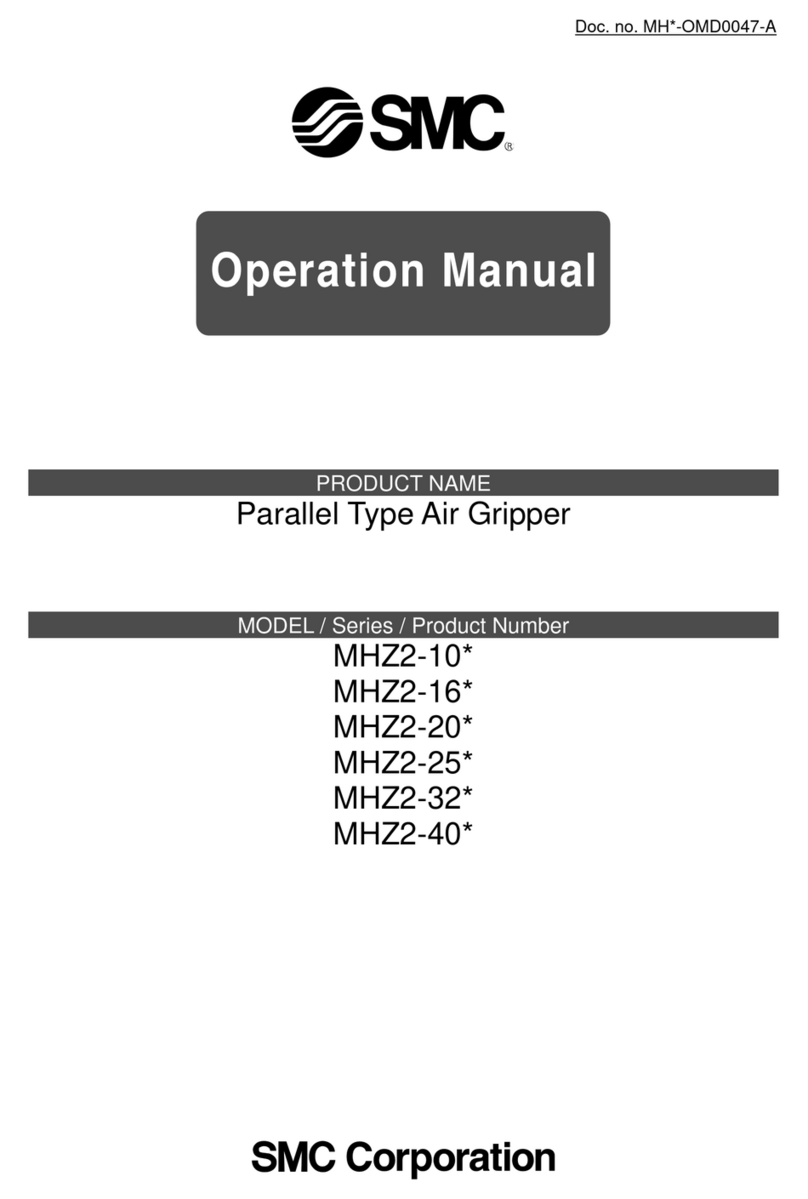
SMC Networks
SMC Networks MHZ2-10 Series Operation manual
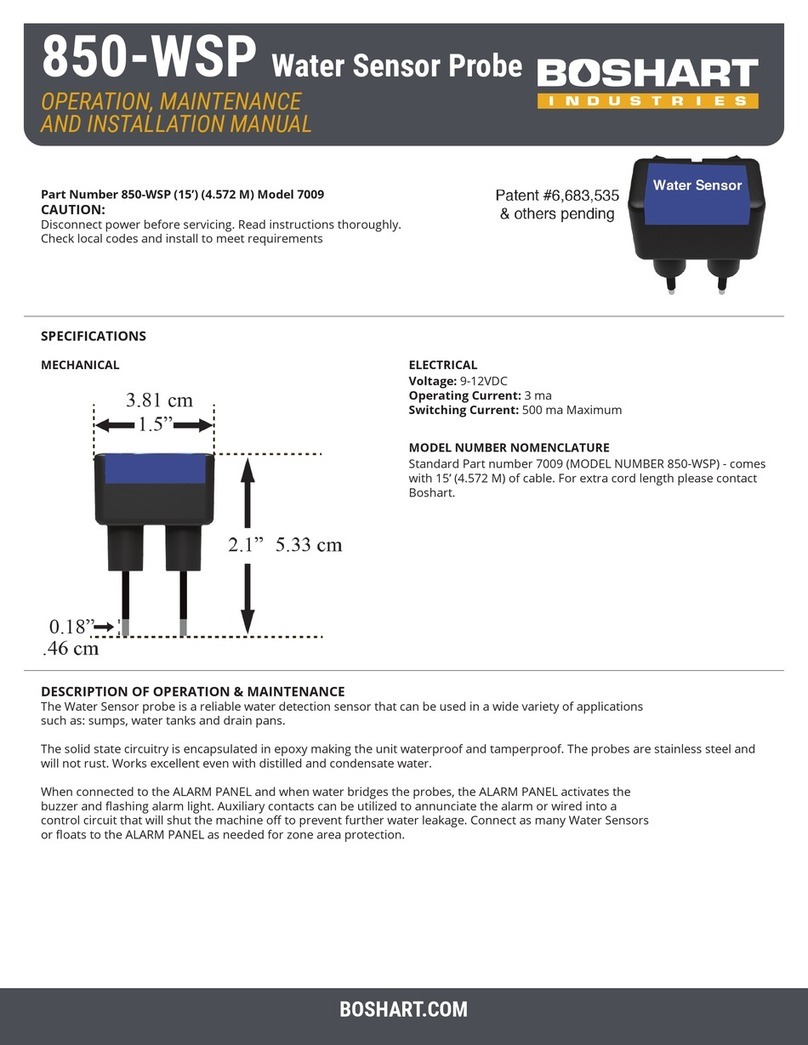
BOSHART
BOSHART 850-WSP Operation, maintenance and installation manual
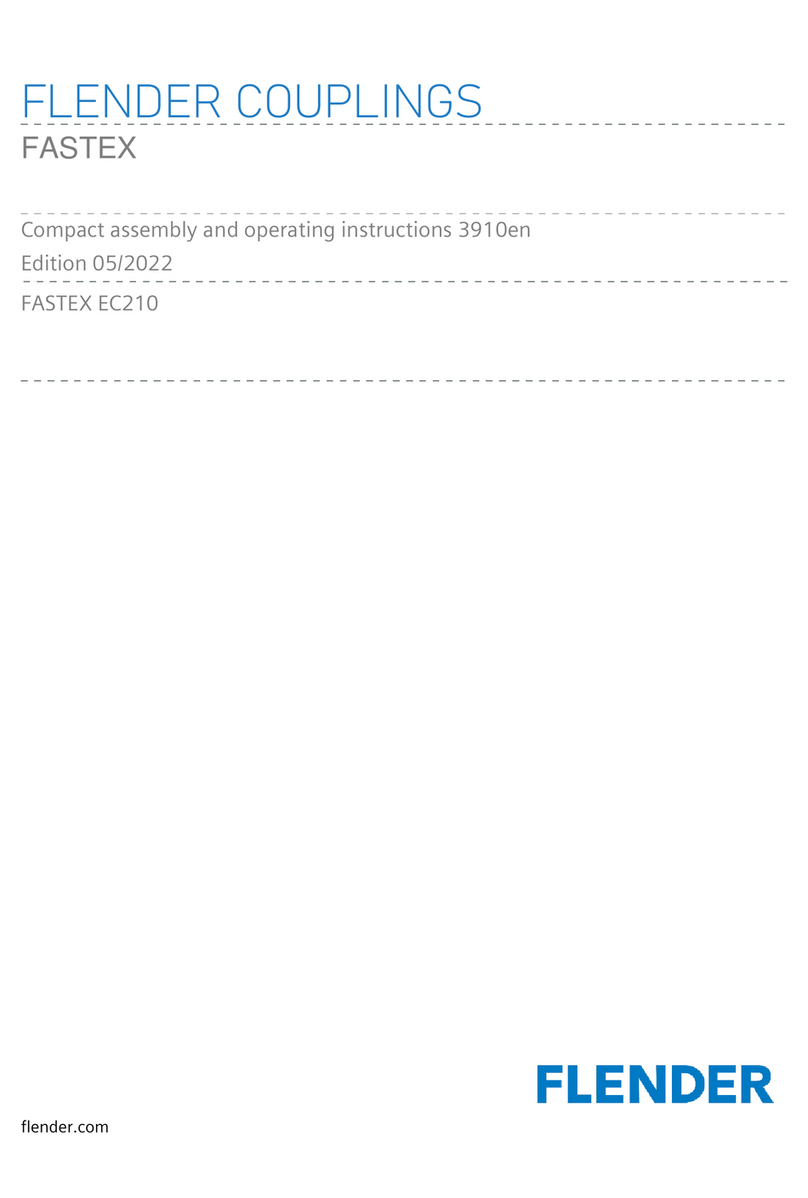
FLENDER
FLENDER FASTEX EC210 Assembly and operating instructions
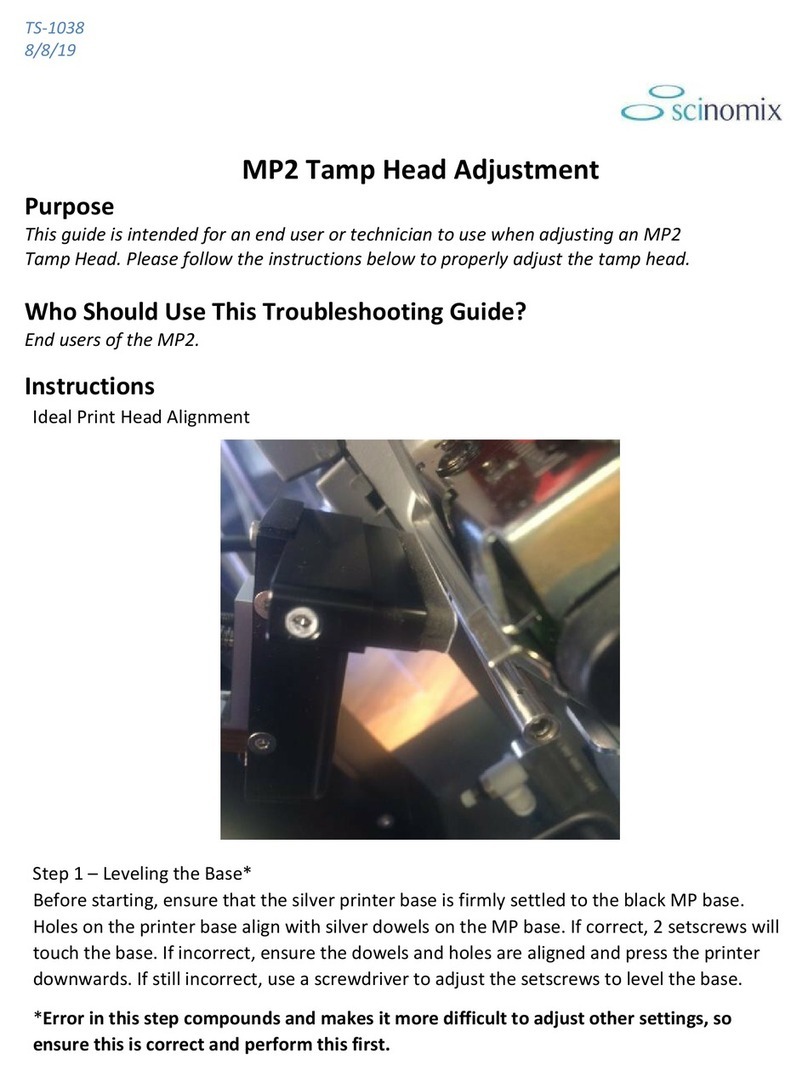
Scinomix
Scinomix MP2 troubleshooting guide
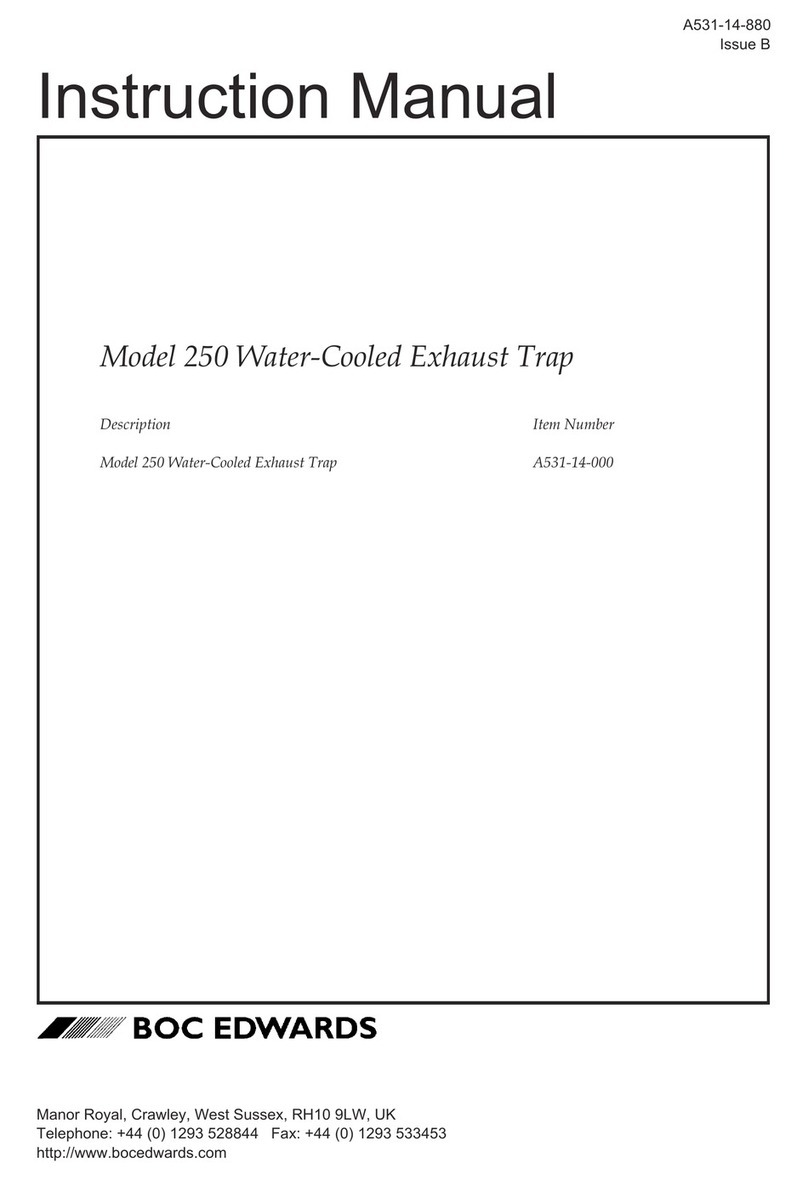
BOC Edwards
BOC Edwards 250 instruction manual
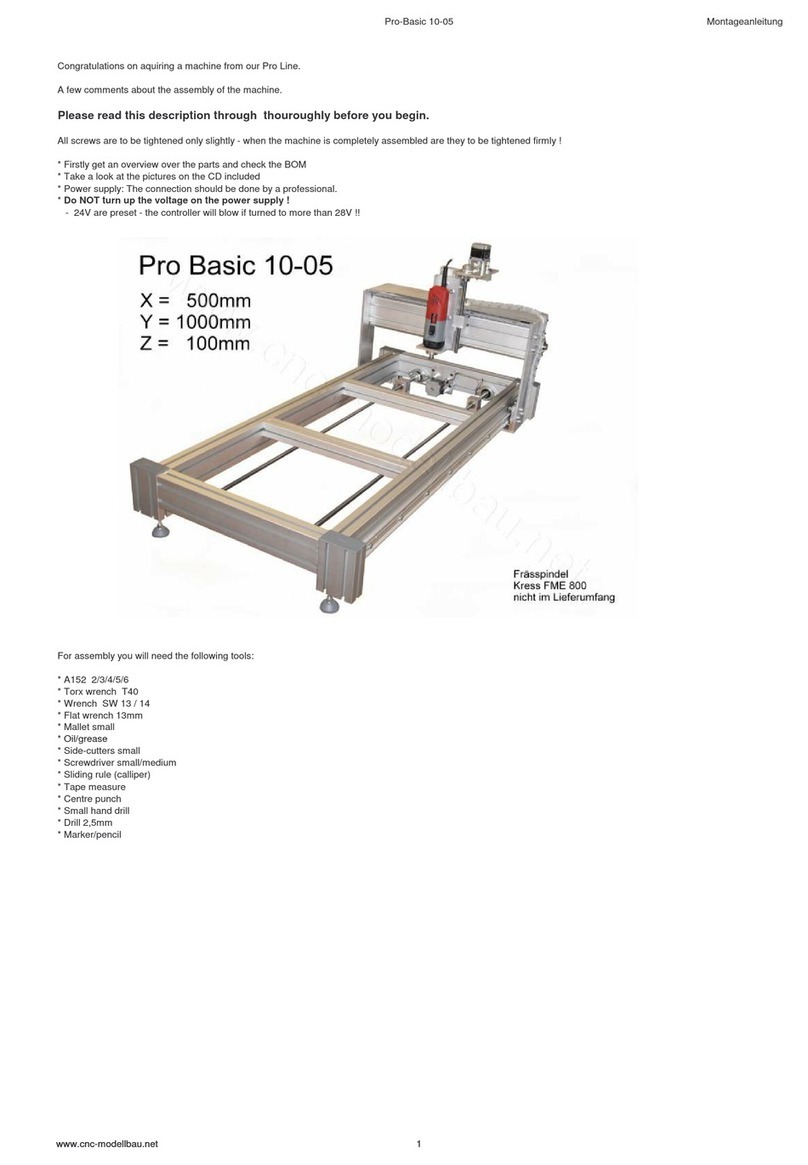
MechaPlus
MechaPlus Pro Basic Series manual
